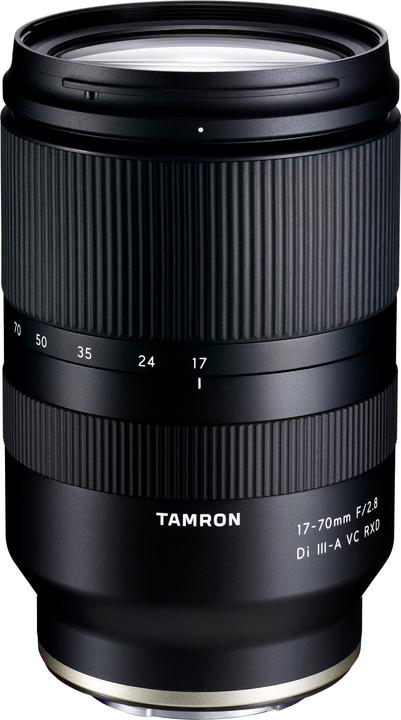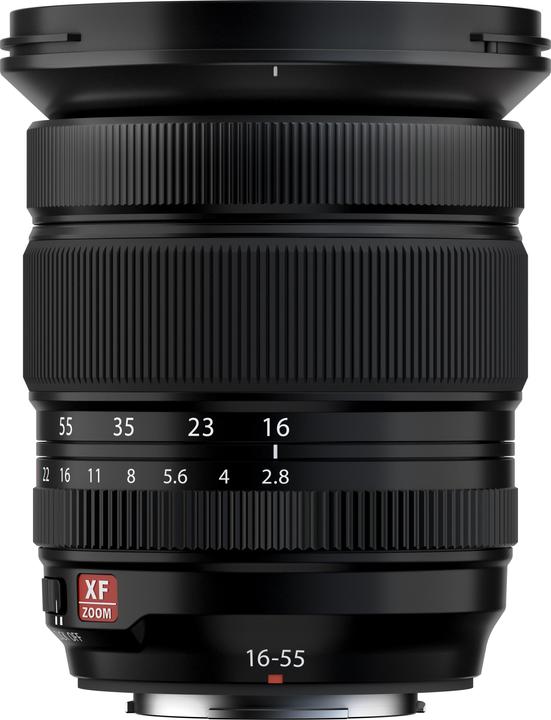
Too Many Lenses? Here's How to Choose the Right One
Discover essential factors to consider when selecting the perfect lens for your photography needs.
Last updated 1 week ago. Automatically generated content.


Select options and limit the number of products
Lens type refers to the design and function of the lens, affecting the perspective and composition of photographs. Choosing the right lens type is crucial for achieving desired photographic outcomes, such as capturing wide landscapes or distant subjects with clarity.
Popular options (you can select more than one)
Zoom
Typical price
570.– to 1800.–Variable focal length allows flexibility in framing and composition.
Great for versatile shooting situations, enabling quick adjustments without changing lenses.
Bestseller
Wide angle lens
Typical price
360.– to 940.–Captures a broader field of view, emphasizing perspective and space.
Perfect for landscapes and architectural photography, enhancing depth and scale in images.
Bestseller
Telephoto lens
Typical price
360.– to 1300.–Long focal length magnifies distant subjects, bringing them closer.
Best for wildlife and sports photography, allowing detailed shots from afar without disturbing the scene.
Bestseller
Aperture in a lens determines the amount of light that enters through the lens, affecting the depth of field and exposure. It is crucial for controlling the brightness of an image and achieving creative effects like background blur, which can significantly enhance the photo's composition and focus.
Popular options
1 - 1.8 f/
Typical price
320.– to 890.–Allows more light to hit the sensor, making it ideal for low-light conditions.
Enables a shallow depth of field, creating a pronounced background blur to emphasize the subject.
Bestseller
1.9 - 2.9 f/
Typical price
400.– to 1400.–Balances light entry and depth of field, suitable for general photography.
Offers versatility in various lighting conditions, providing flexibility for different photography styles.
Bestseller
3 - 5 f/
Typical price
360.– to 1100.–Limits light entry, typically used in well-lit conditions to maintain image sharpness.
Provides a larger depth of field, keeping more of the scene in focus, which is beneficial for landscape photography.
Bestseller
The minimum focal length of a lens determines how wide a scene can be captured, directly affecting the field of view. Choosing the right focal length is essential for ensuring the lens meets the specific needs of different photography styles, such as landscapes, portraits, or architecture.
Popular options
10 - 20 mm
Ultra-wide focal length ideal for capturing expansive landscapes and large architectural structures.
Perfect for photographers seeking dramatic perspectives and a wider field of view, enhancing creativity in composition.
Bestseller
21 - 35 mm
Wide-angle focal length suitable for group photos and street photography.
Balances wide field of view with minimized distortion, making it versatile for capturing everyday scenes.
Bestseller
36 - 50 mm
Standard focal length that closely mimics human vision, ideal for portraits and general photography.
Offers a natural perspective with minimal distortion, making it excellent for capturing subjects in a realistic manner.
Bestseller
A bayonet lens mount is a mechanism that allows a camera lens to be quickly attached and detached from the camera body. It is crucial for ensuring compatibility between the camera and the lens, impacting the ease of use and versatility of your photography setup.
Popular options (you can select more than one)
Sony E
Designed for Sony mirrorless cameras, offering a wide range of compatible lenses.
Ideal for photographers seeking lightweight and compact options for diverse shooting scenarios.
Bestseller
Nikon Z
Supports Nikon's mirrorless cameras, providing access to advanced optics.
Great for users who prioritize high-quality imaging and robust lens construction.
Bestseller
Canon RF
Engineered for Canon's full-frame mirrorless cameras, optimizing performance and image quality.
Perfect for professionals needing superior autofocus and low-light capabilities.
Bestseller
Micro Four Thirds
Utilized by various brands like Panasonic and Olympus, offering a compact system.
Suitable for enthusiasts and travelers who value portability without sacrificing lens variety.
Bestseller
Choosing the right lens brand is crucial for both amateur and professional photographers, as it affects image quality, durability, and compatibility with camera bodies. Canon, Sony, and Nikon offer distinct advantages, with Canon known for versatility, Sony for innovation in mirrorless technology, and Nikon for its robust build quality.
Popular brands (you can select more than one)
Canon
Recognized for its extensive range of lenses, covering everything from wide-angle to telephoto.
Offers reliable performance with excellent image stabilization and autofocus capabilities, ideal for diverse photographic needs.
Bestseller
Sony
Leads in mirrorless lens technology with high-quality optics.
Provides compact and lightweight lenses, perfect for travel and on-the-go photography.
Bestseller
Nikon
Known for its durable and weather-sealed lenses.
Offers sharp image quality with consistent performance, suitable for professional work.
Bestseller
Fujifilm
Specializes in lenses with unique color rendition and film simulation modes.
Perfect for enthusiasts seeking a retro look with modern image quality.
Bestseller
Sigma
Offers high-performance lenses at competitive prices, often matching or exceeding brand-name alternatives.
Ideal for photographers looking for specialized lenses, such as macro or art series, without compromising on quality.
Bestseller








